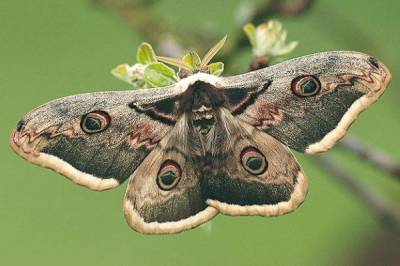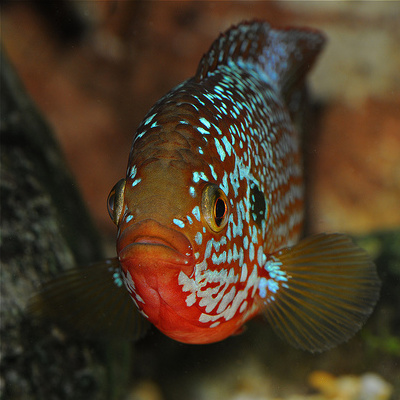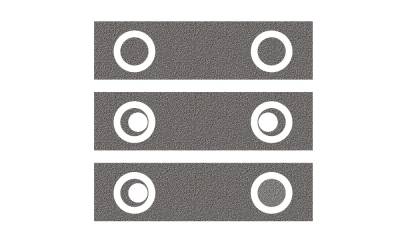By virtue of an evolutionarily determined feature of color vision,
insects, fish and other animals see fast-moving objects as colorless (Gehres & Neumeyer, 2007; Stojcev et
al., 2011). In animals, the fastest moving parts are wings (in insects and
birds: e.g., see Schön, 2009). So styding natural coloration of wings allows to understand
deeper the phenomenon of color blindness in respect of fast-moving objects.
In insects, strong
correlation between the presense of eye-catching, signalling marks in wing coloration and the frequency of wing-beats is observed.
In
particular, wasps, horneybees and other stinging insects have among all insects
ones of the fastest beating wings, which are transparent or semi-transparent
and have no eye-catching marks. The frequency of wing-beats, F, in the stinging
insects is ranged approximately within 100-250 beats per second. For example,
for common wasp, Vespa vulgaris, F =
140 b/s, for European honeybee, Apis
mellifera, F = 240-250 b/s (Byrne, 1988). These wings beat too quickly to
be used as the right location of signalling marks. In the stinging insects, the
elements of aposematic coloration, with black, yellow and red colors, are located
mainly on the relatively immobile belly (that can be seen in the flight).
The numerous
dragonflies and damselflies can be included into the second group with two
subgroups. Fast-wingbeating dragonflies (Anisoptera), with the frequency of
wing-beats more than 15-20 beats per second (Rüppell, 1989), form the first subgroup. Slow-wingbeating
damselflies (Zygoptera), with the frequency of wing-beats less than 15-20 beats
per second (Rüppell,
1989), form the second
subgoup Unexpectedly, dragonflies and damselflies have the transparent and
decorated wings with signalling color patterns.
For example, aposematic coloration in fast-wingbeating (F = 24-25 beats per second) golden-ringed
dragonfly, Anotogaster sieboldii (transparet wings, black & yellow belly) (Ishizawa, 2005), is designed similar to that in the
stinging insects.
Finally, the
numerous butterflies as well as moths can be aggregated into the third group of
insects, which have the slowest beating and decorated wings with the cryptic or
signalling color patterns. In these insects, the mean frequency of wing-beats
is about 5-15 beats per second (Byrne, 1988). It is important in our context
that signalling marks, varied from primitive dots to high quality concentric
eye-spots, are most developed just in the group af slow-wingbeating butterflies
and moths.
For
example, the frequency of wing-beats in large emperor moth, Saturnia pyri, with four eye-spots
(Fig.1) is about 8 beats per second ((Byrne, 1988).

Fig.1 (read text)
The detailed
analysis of signalling coloration in dradonflies and damselflies allows to select
the following 4 basic rules that lie at the heart of signalling coloration in
fast-moving natural and artificial objets.
Rule #1. An evolutionarily optimal solution
Signalling
color patterns must be bilaterally symmetric (both in the fast-moving and
slow-moving objects). It is shown experimentally (e.g., Forsman & Herrström,
2004) that even small asymmetry in size, shape and color impair the
effectiveness of silnalling stimuli.
In general, the
effectiveness of bilaterally
symmetric stimuli is
determined by the bilateral symmetry of visual system and visual perceprion evolved
during millions of years in the field of Earth gravitation.
Rule #2. An evolutionarily optimal solution
Color
stimuli must be located closer to the base of the wings or the center of
rotation. These stimuli move with the lower linear velocity than stimuli
located at the wingtips.
In
accordance with this rule, wings of American rubyspot damselfly,
...
Read more »







